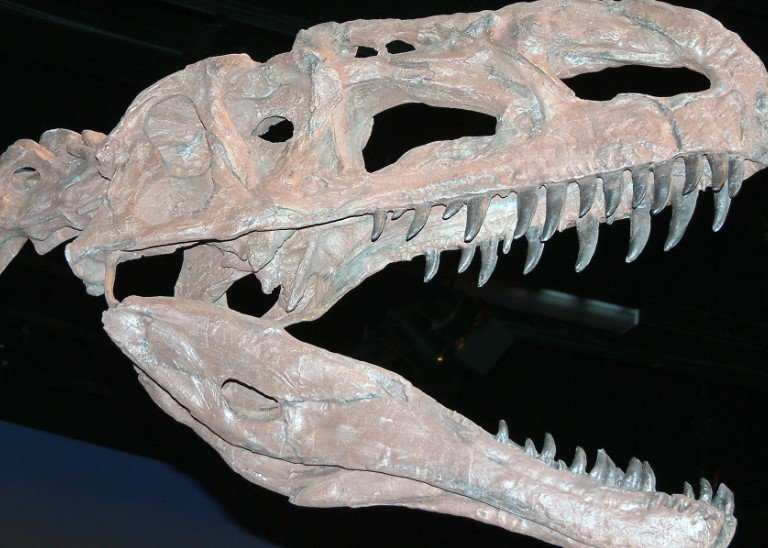An extraordinary fossil find in Morocco has reshaped what scientists know about early plant-eating dinosaurs. The newly discovered cerapodan specimen — dated to an astonishing 168 million years ago — is now the oldest recorded member of this group, shedding light on a long-missing chapter of dinosaur evolution.
A Groundbreaking Discovery in the Middle Atlas Mountains
Paleontologists working in Morocco’s El Mers III Formation hit the jackpot: an ancient dinosaur femur buried for millions of years. The fossil, identified as belonging to a cerapodan — a type of herbivorous dinosaur — represents the earliest skeletal evidence of this group ever found.
It’s a big deal. Until now, scientists could only speculate about cerapodans during the Middle Jurassic, a period that spanned from about 174 to 163 million years ago. Fossil records were scarce, leaving a frustrating gap in the timeline. This Moroccan discovery changes that narrative.
The site itself, nestled in the Middle Atlas Mountains, is known for yielding rich prehistoric finds. Still, uncovering this particular fossil was a breakthrough that connects evolutionary dots previously left blank.

What Makes Cerapodans Special?
Cerapodans belong to a larger group of dinosaurs called ornithischians — the “bird-hipped” dinosaurs. They weren’t flashy predators or towering giants like their sauropod cousins. Instead, they were small, swift plant-eaters with a lightweight, bipedal build.
Key traits of cerapodans include:
- Bipedal movement, running on two legs
- Bird-like hip structure (though unrelated to modern birds)
- Typically small, agile bodies
- Predominantly from the Cretaceous period — though this fossil pushes their timeline back much further
This newfound fossil not only confirms their existence in the Middle Jurassic but also suggests they evolved and spread much earlier than once believed.
International Effort, Monumental Impact
The excavation wasn’t a solo effort. It brought together experts from Sidi Mohamed Ben Abdellah University in Morocco, the University of Birmingham, and the Natural History Museum in the UK. The collaborative approach ensured a detailed analysis of the fossil and its surrounding rock layers.
The femur’s age, pinned to the Bathonian stage of the Middle Jurassic, makes it about 168 million years old — far older than any previously confirmed cerapodan specimen. This isn’t just a one-off find; it’s a crucial piece in understanding how these dinosaurs evolved and dispersed globally.
Filling the Fossil Record’s Blanks
Before this discovery, cerapodans were largely known from the Cretaceous period, which began around 145 million years ago. Paleontologists suspected they existed earlier, but physical proof was elusive.
The previous record-holder was a femur found in the UK, but it dated slightly later. This Moroccan find beats it, filling a long-standing evolutionary gap. For scientists, that’s like finding a missing puzzle piece that ties the whole picture together.
The femur offers more than just a date, though. Its anatomy provides fresh clues about how early cerapodans moved, adapted, and spread across different environments — information that was previously a black hole in the fossil record.
Middle Jurassic: A Pivotal Era for Dinosaur Evolution
The Middle Jurassic period was a time of massive evolutionary shifts. Dinosaurs were diversifying rapidly, and new species were emerging. Yet, for reasons still unclear, fossils from this time are remarkably rare.
This Moroccan discovery gives researchers a rare window into that period. It proves cerapodans were already present and evolving during this crucial time — not emerging later as once thought. The find also raises the possibility that more early ornithischians are out there, waiting to be unearthed.
In a field where every fossil tells a story, this one rewrites a major chapter.
